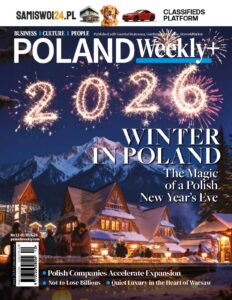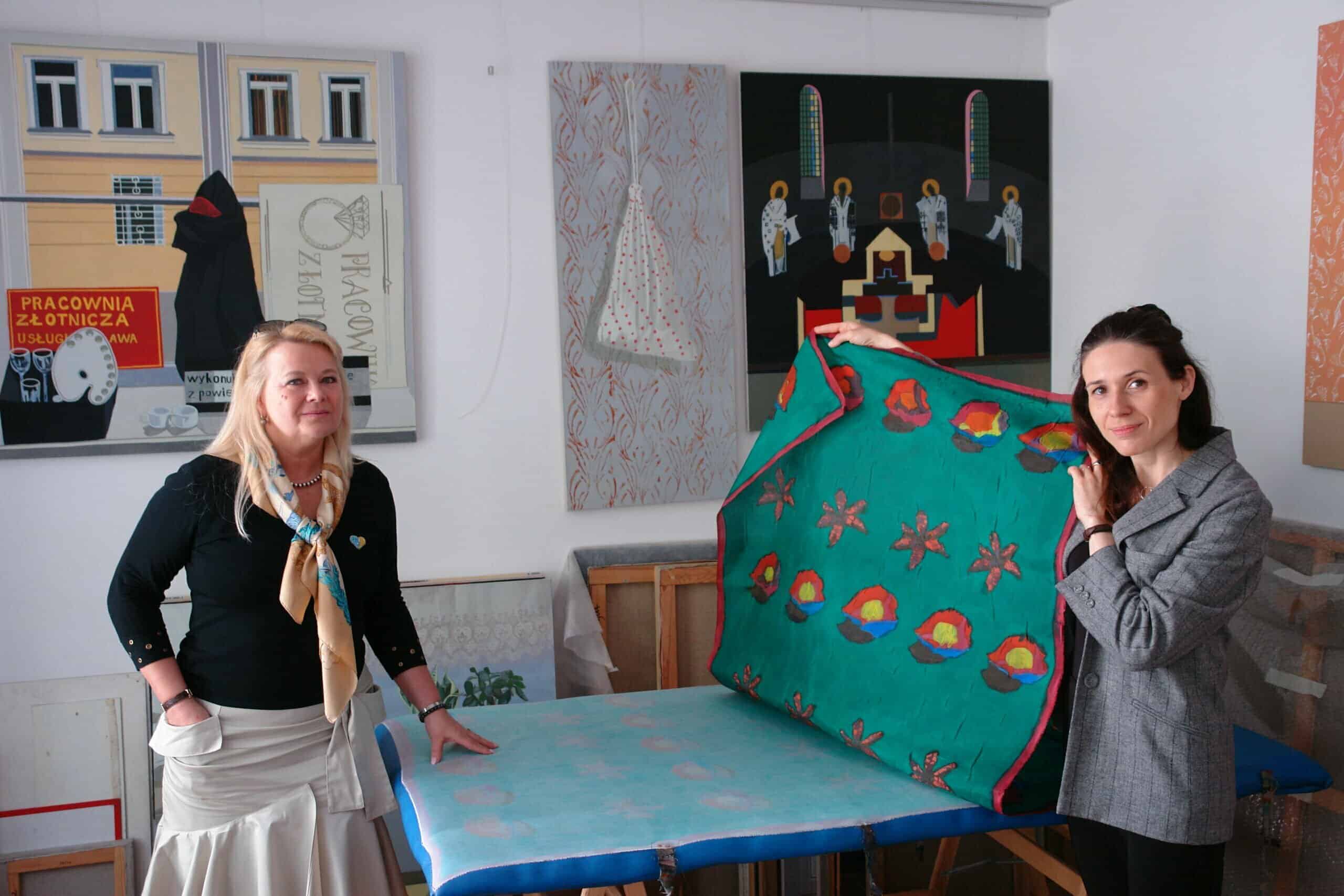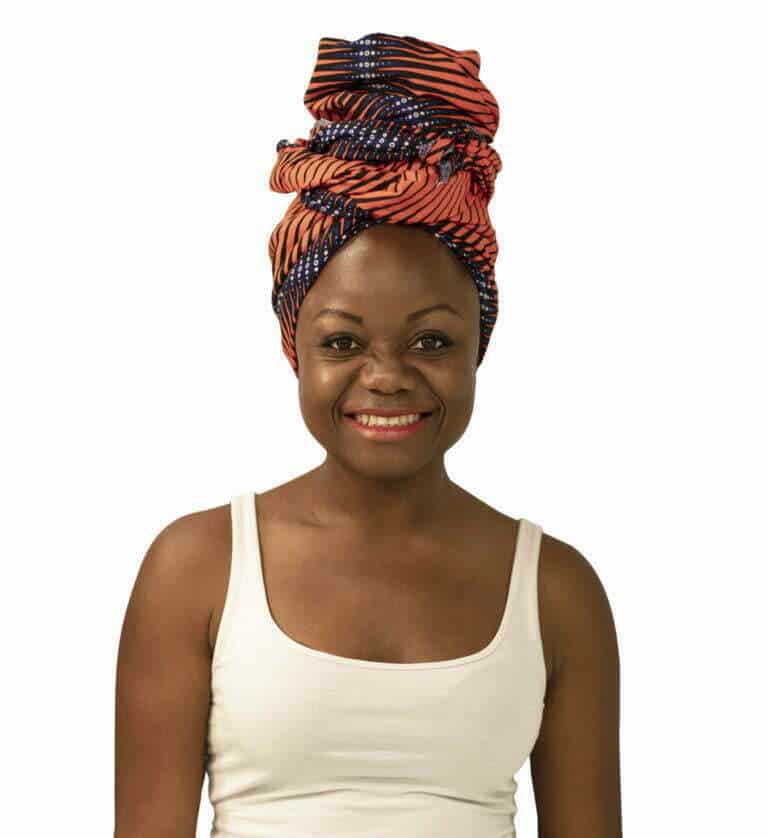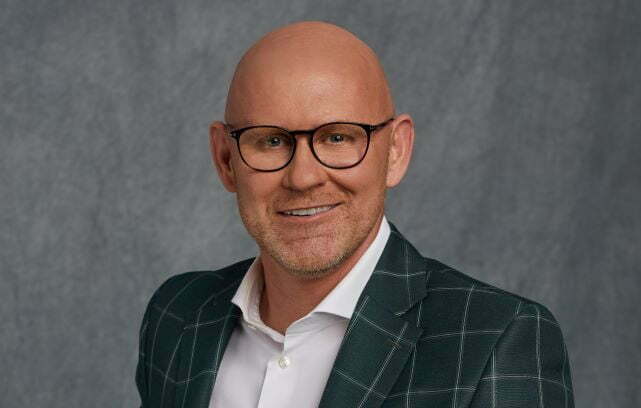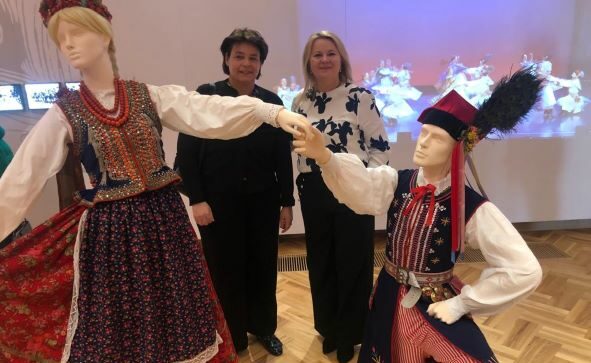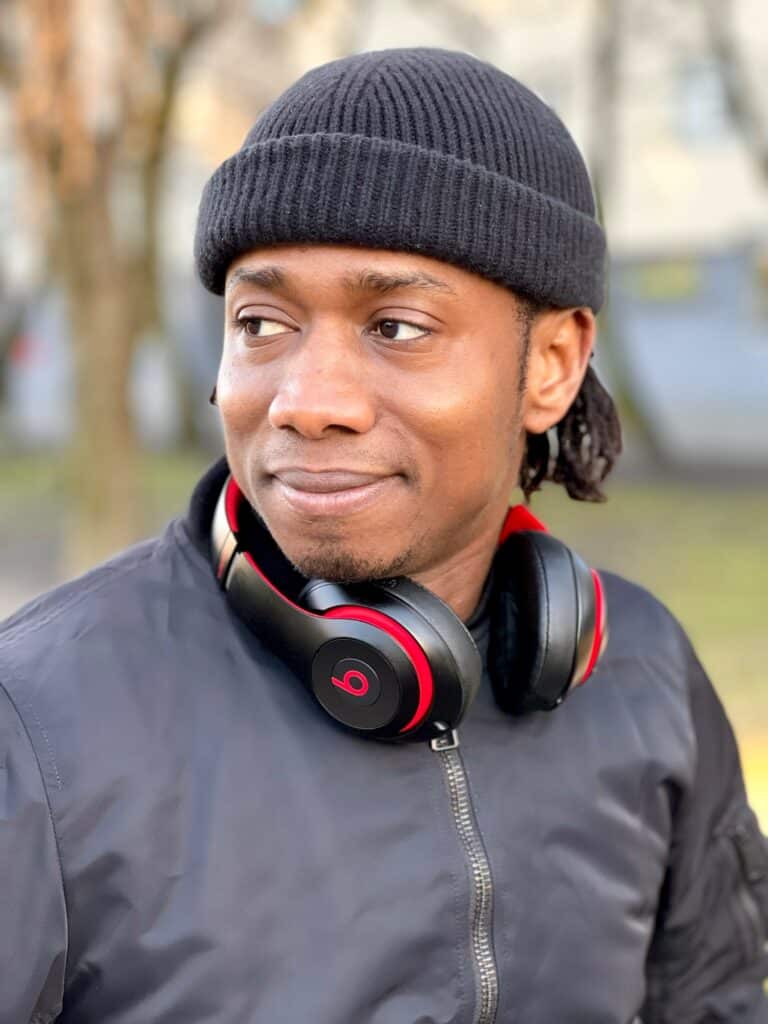Q&A with Joanna Dziewanowska-Stefańczyk
Visual artist, Joanna Dziewanowska-Stefańczyk graduated in 2006 from the Faculty of Painting of the Academy of Fine Arts in Warsaw with a diploma from the studio of prof. Jarosław Modzelewski. She lives and works in Warsaw and has exhibited in several countries.
Asia, when did you realize you want to paint? Was it a love of art from the very beginning?
I have liked drawing since I was a child. I became interested in painting in high school. At that time, I signed up for additional painting and drawing classes, and I would often arrange still lifes at home or sketch – for example – my siblings in my free time. The village of Naruszewo was an important place for me, the place where my grandmother lives. I spent a lot of time there, mainly in summer, sitting in the hallway of the summer house and painting the interior, the yard, my grandmother and my great-grandmother at work.
Was it easy for you at the beginning of your artistic journey? Were you misunderstood, as artists often are?
I think the most difficult moment was graduating from university. At the time I was finishing my studies, there weren’t as many galleries in Warsaw as there are now and there weren’t any events like the Warsaw Gallery Weekend. At the moment, students of the Academy of Fine Arts, already during their studies, set up collectives or their own galleries and create places where they show their works at the beginning of their creative path. I missed it a bit. Now I try to organize myself and take part in collective artistic activities, with other artists and female artists, which gives me great fun.
You graduated from the Academy of Fine Arts in Warsaw, but your diploma was not ordinary. Tell us about it.
During my studies, I chose three additional specializations: workshop graphics, wall painting and artistic fabric, or more precisely painting on silk.
Of course, it wasn’t enough for you. You searched and passed exams to the Academy of Fine Arts again. Can you explain that to us?
Yes, I was looking for a job that would allow me to freely do my own work. I really wanted to have a job in line with my education. It was difficult for me to make a living solely from my own art, which is why I decided to study at the Faculty of Conservation and Restoration of Works of Art at the Academy of Fine Arts in Warsaw.
Your exhibitions have always been exceptional, both in Poland and abroad. I’ve been to a few of them. Where did you exhibit?
Thank you very much, I had the pleasure to exhibit my works, inter alia, in Brazil and at the Institute of Mexican Culture in Costa Rica, Moldova, as well as in several institutions in Poland: the Central Museum of Textiles in Łódź, Galeria BWA in Bydgoszcz and BWA in Rzeszów. Recently, alone or together with other artists, I have been trying to find interesting spaces for exhibitions, which are not necessarily purely gallery spaces. For example, last year we managed to turn a Fire Station into an art gallery for one day.
What themes are appearing in your work now?
At the moment, I am very interested in collective artistic activities focused on the topic of women’s work and intergenerational relations. I go back to my roots, to the motives and places I remembered at the time.
The next question could not be avoided: how will you surprise us in the future?
In July, I am planning a workshop and an exhibition at the Center of Polish Sculpture in Orońsko. This will be a continuation of the “Red Earth” project initiated with Marta Łabęcka in 2021. More silk banners and audio recordings devoted to women have been created. We want to invite the residents of Orońsko to decorate these banners with a shawl knot and then present them at the exhibition, so I cordially invite you to Orońsko in mid-July!
